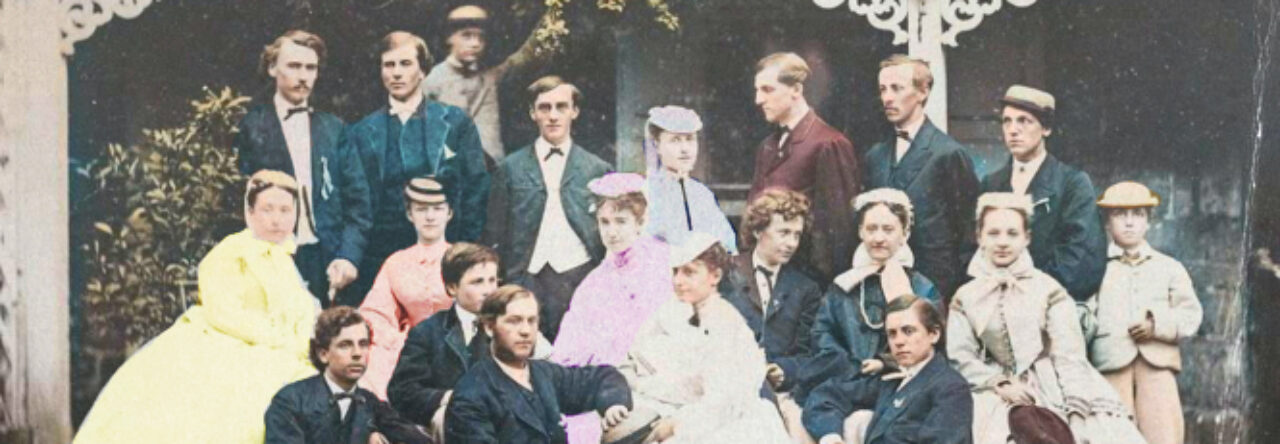Due Feb. 27, 2023
On Monday, February 27, students will submit a 4-6 page typed, double-spaced essay offering a critical response to the Dickinson & Slavery initiative. Essays should identify some of the most compelling elements of the project as well as areas that might need improvement or greater development. Students should cite a variety of primary and secondary sources using Chicago-style footnotes. Essays will be graded on research effort, depth of analysis, and quality of prose. Late essays will be penalized up to 5 points each day.
- NEW: Remember that Dickinson & Slavery has several dimensions. The main elements to consider are:
- Prof. Pinsker will be available to consult or review drafts until Friday afternoon, Feb. 24. Students are also encouraged to visit the Writing Center for help with their essays.
- Make sure to craft an engaging opening that includes a clear and effective thesis statement. See handouts at the Methods Center for assistance.
- Students should rely on the full variety of source material available at the Dickinson & Slavery website, but also they should conduct at least some outside research to help contextualize their assessment of the project. The course web guide offers a gateway to related projects on other campuses.
- Make sure you are formatting your footnotes correctly (see some of the samples below). For further guidance, see this methods handout on How to Use Footnotes and consult as needed with the library’s Chicago-style guide, but make sure to use sample footnote models for formatting and NOT bibliography examples.
- Don’t underestimate the importance of integrating your quoted evidence with some degree of fluidity. Awkwardly inserting quotations is one of the hallmarks of mediocre undergraduate essays. Consult this handout from the methods center for a range of good tips.
- Also, please guard against plagiarism. Remember our discussion from the very first day of the semester. Never write your own words while looking directly at your sources, especially secondary sources –unless you are quoting them.
- And finally, always remember to proofread your work by printing it out and reading it aloud, slowly. See our methods handout on How to Proofreed [sic]
Sample footnotes in Chicago-style (with suggested URL style modification)
[1] Matthew Pinsker, ed., “Freedom’s Legacy,” Dickinson & Slavery (2018-20) [WEB]
[2] Freedom’s Legacy [WEB]
Related models
The following examples of critical essays have different parameters and requirements than this 2023 assignment but they offer some helpful ways for understanding the appropriate tone and approach for good critical essays.
- Professor-produced examples
- Matthew Pinsker, “Lincoln Theme 2.0” JAH 2009 (state of field essay)
- Roundtable for “Lincoln Theme 2.0” (shorter critical responses by other professors to Pinsker’s “Lincoln Theme 2.0” essay)
- Review of C.A. Tripp book on Lincoln’s sexuality (Pinsker)
- Student-produced examples
- Becca Stout, Dickinson Students’ Perception of Their Janitors (2019)
- Cooper Wingert, Black Employees and Exclusive spaces (2019)
- ChatGPT -produced example (WARNING –contains fake sources)
